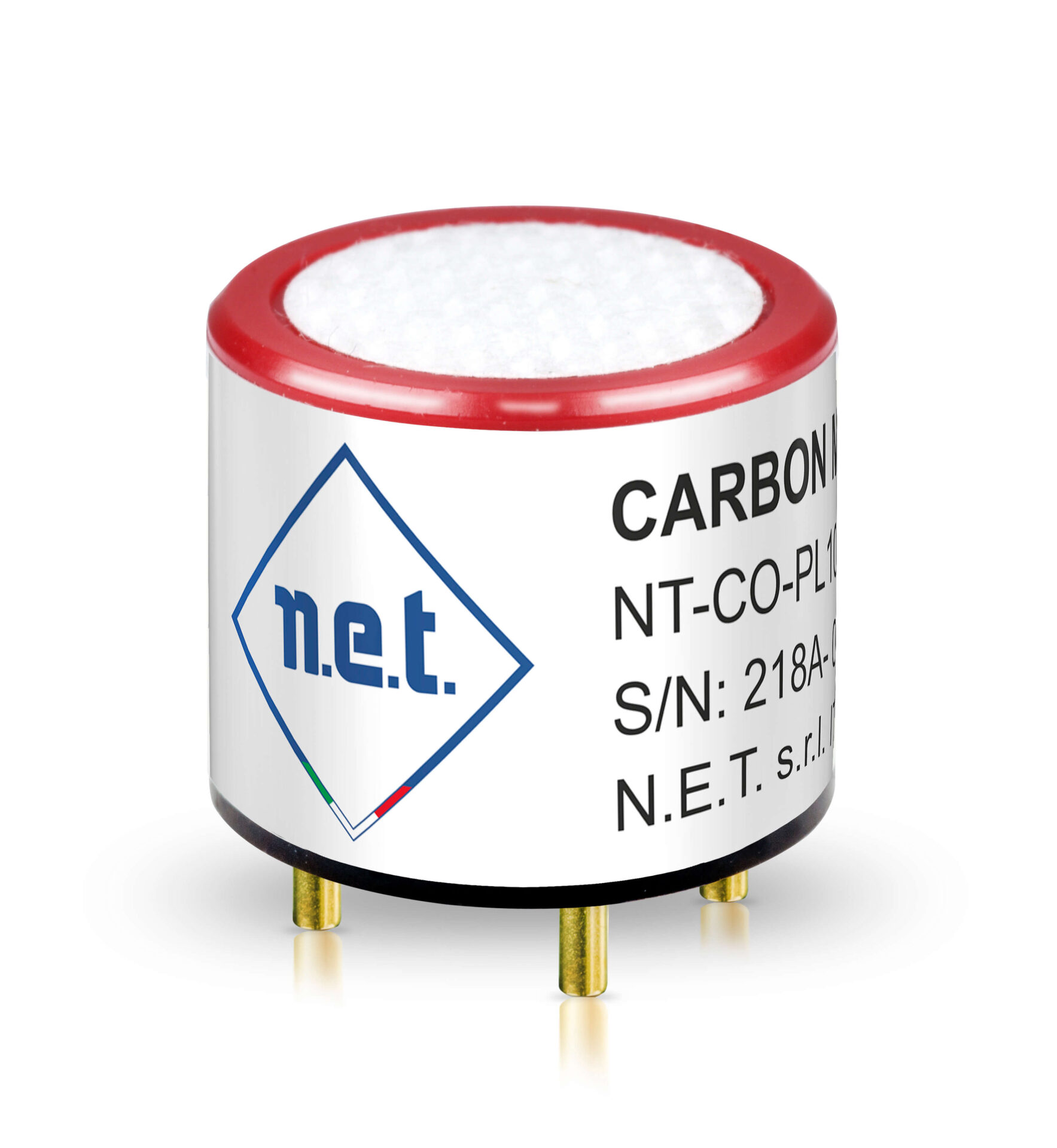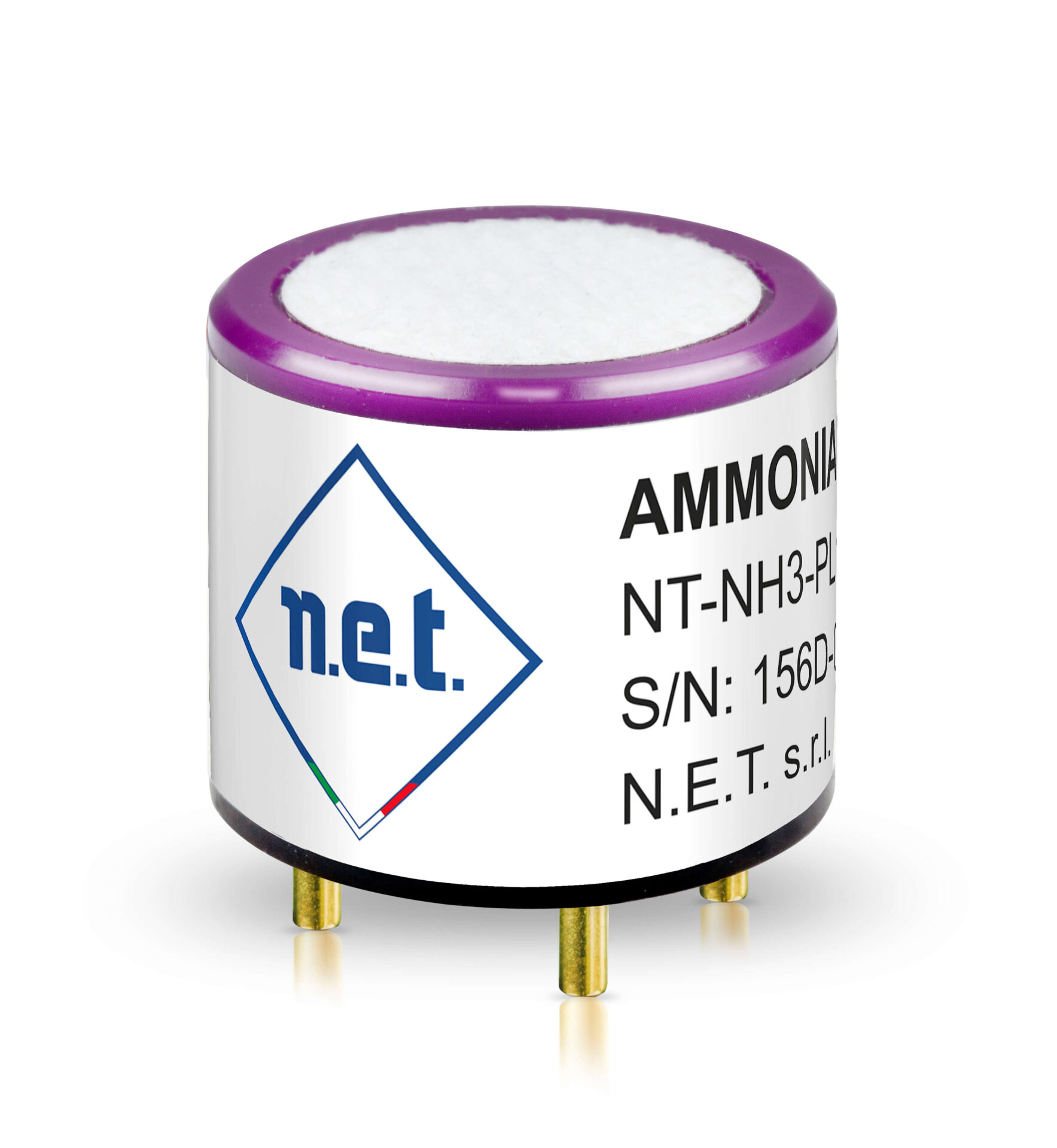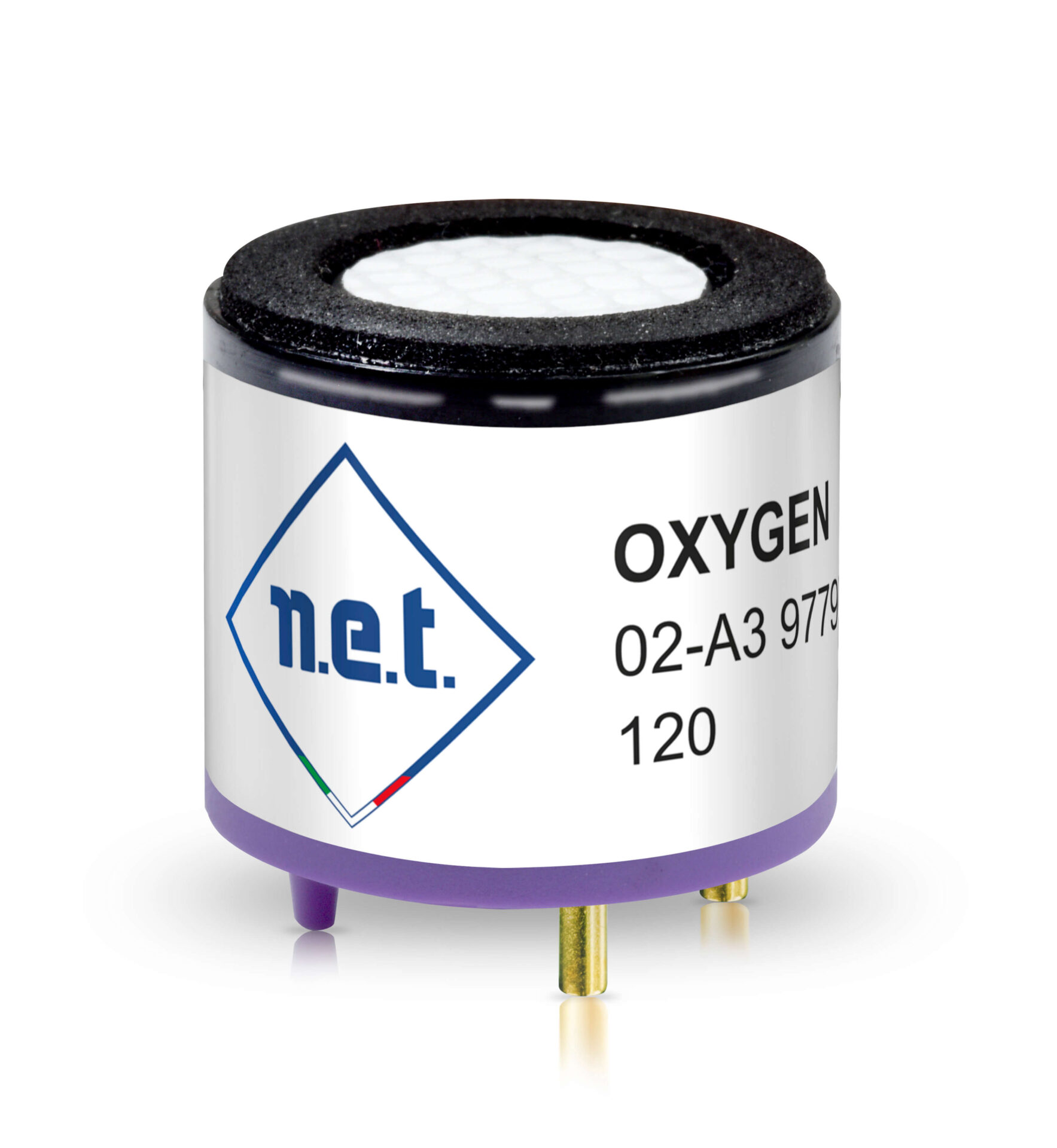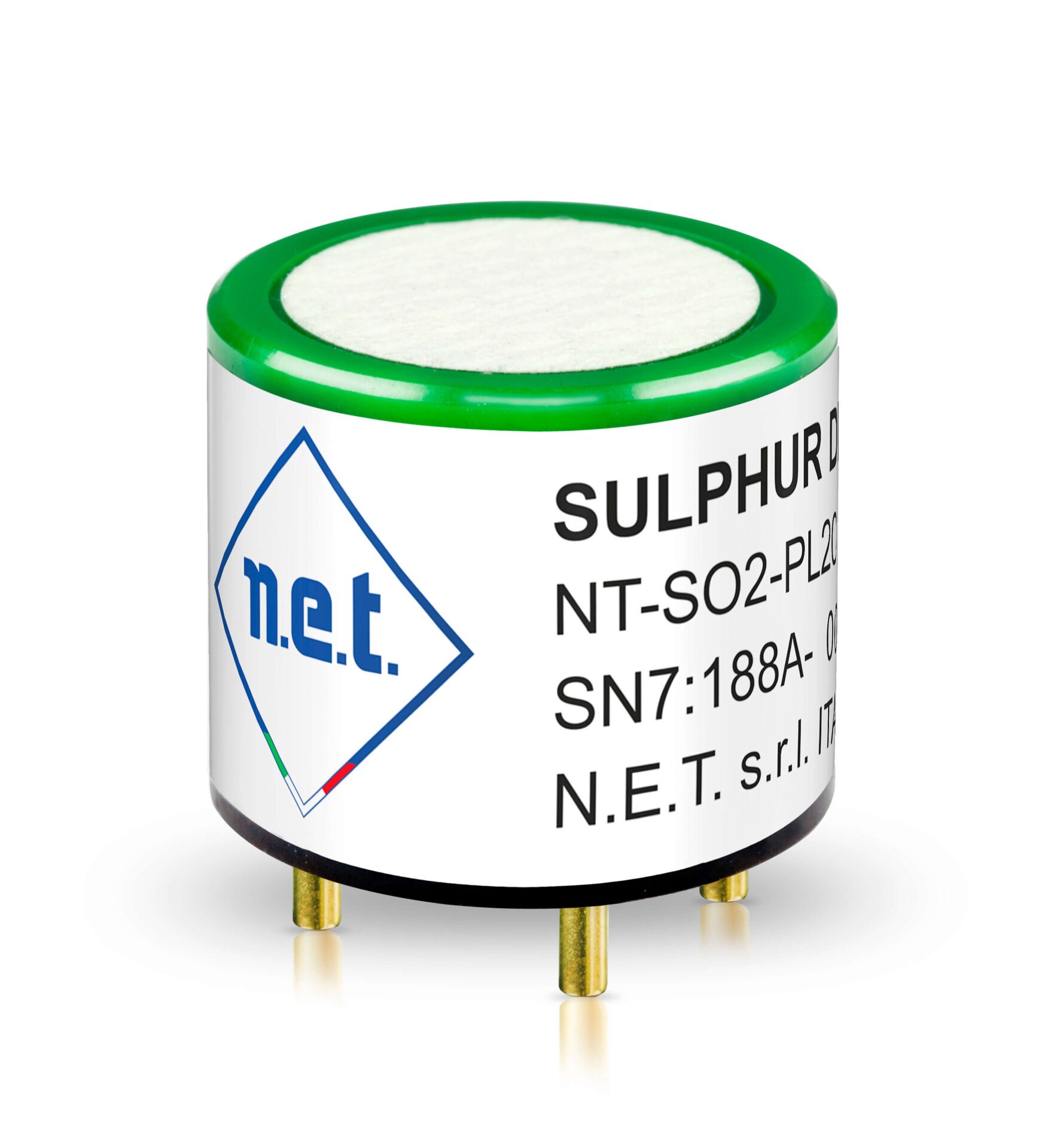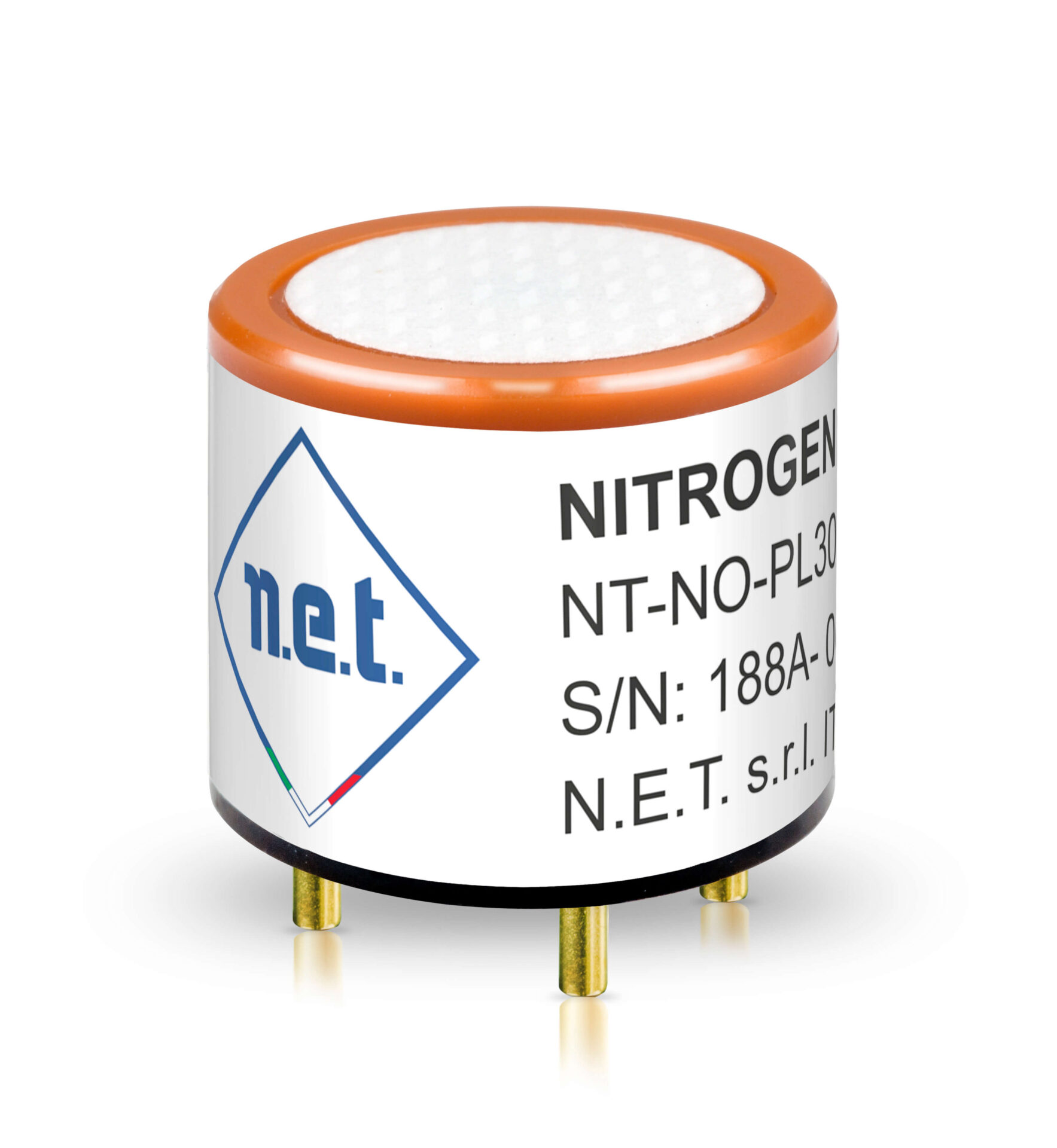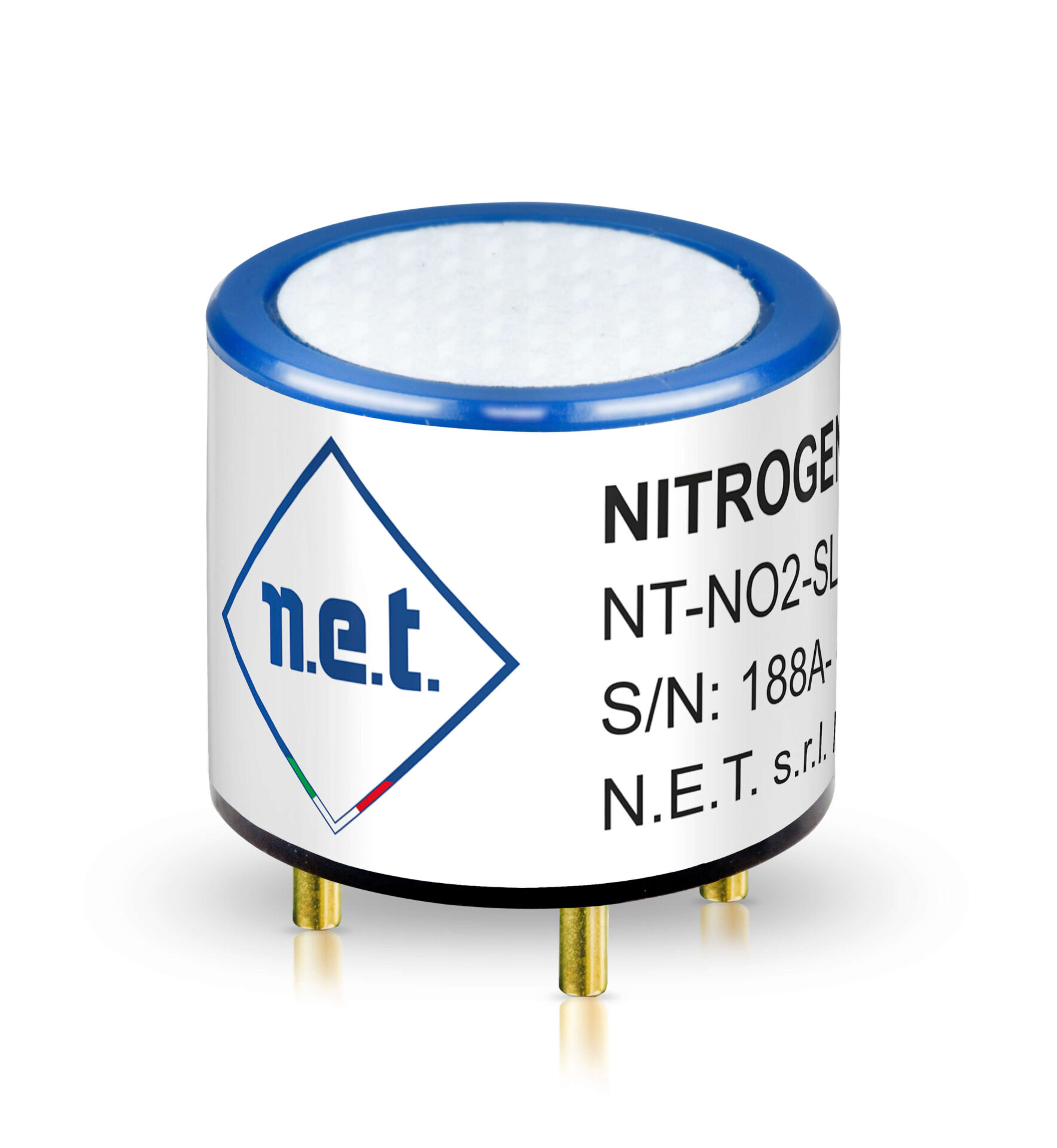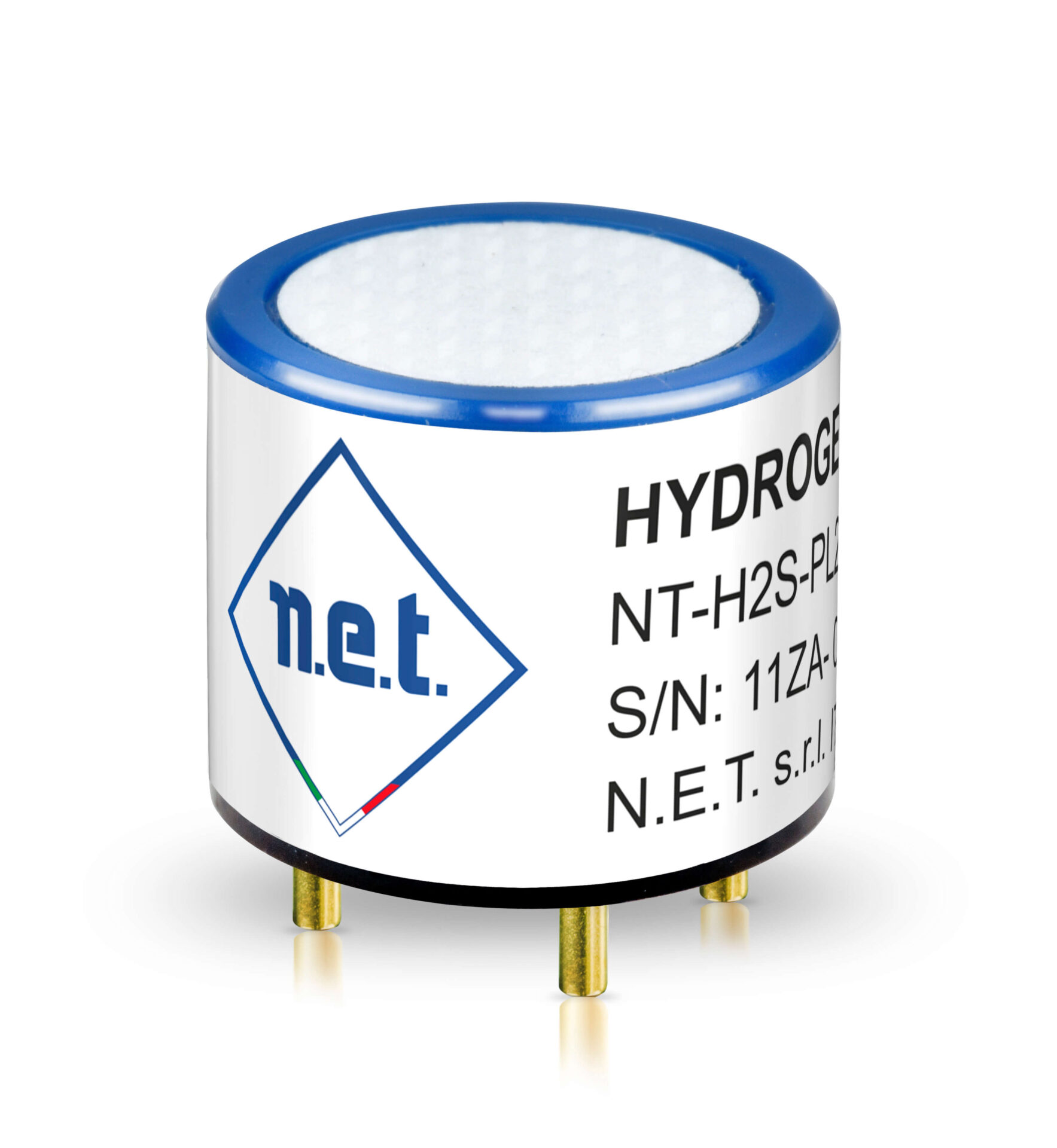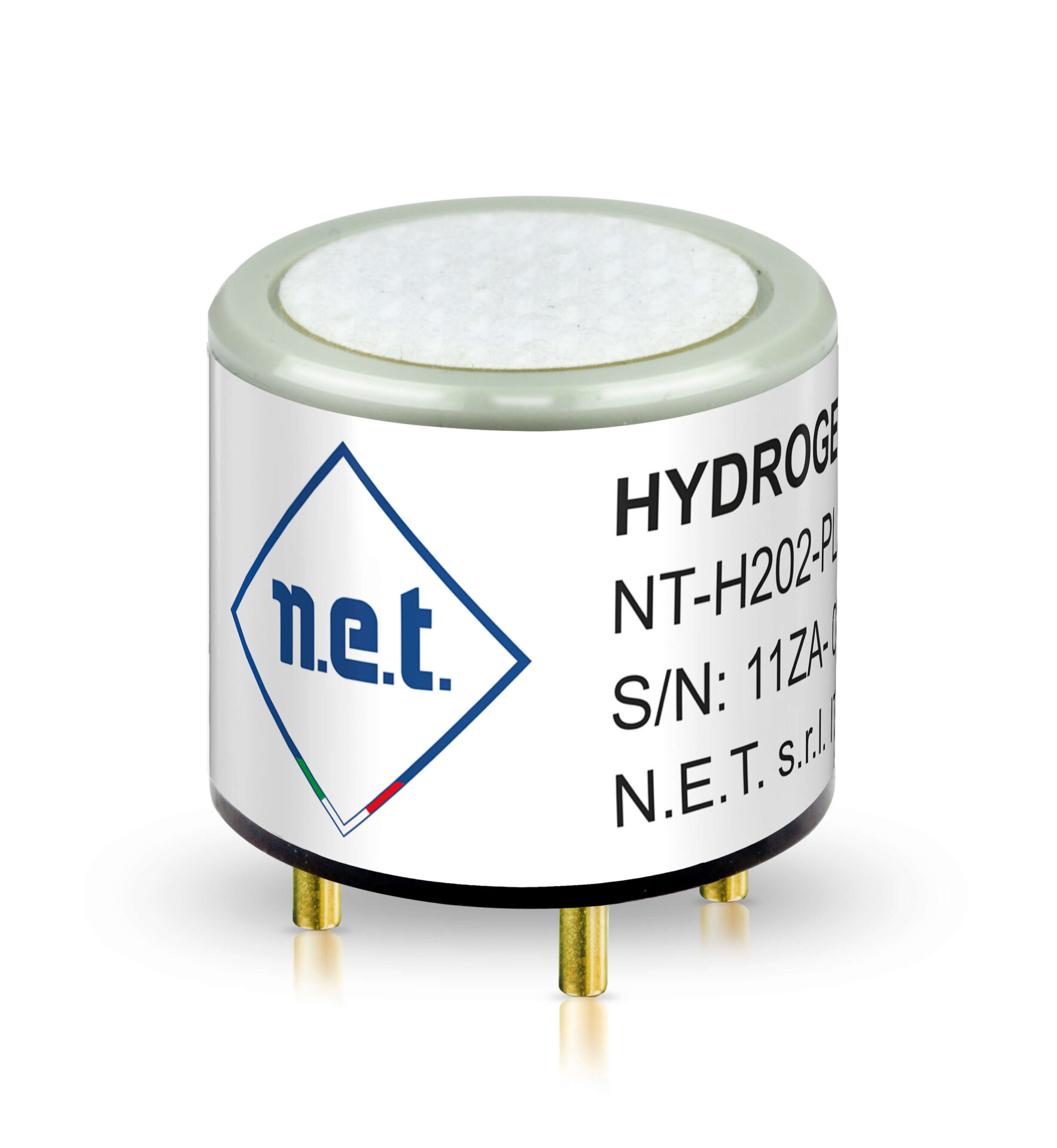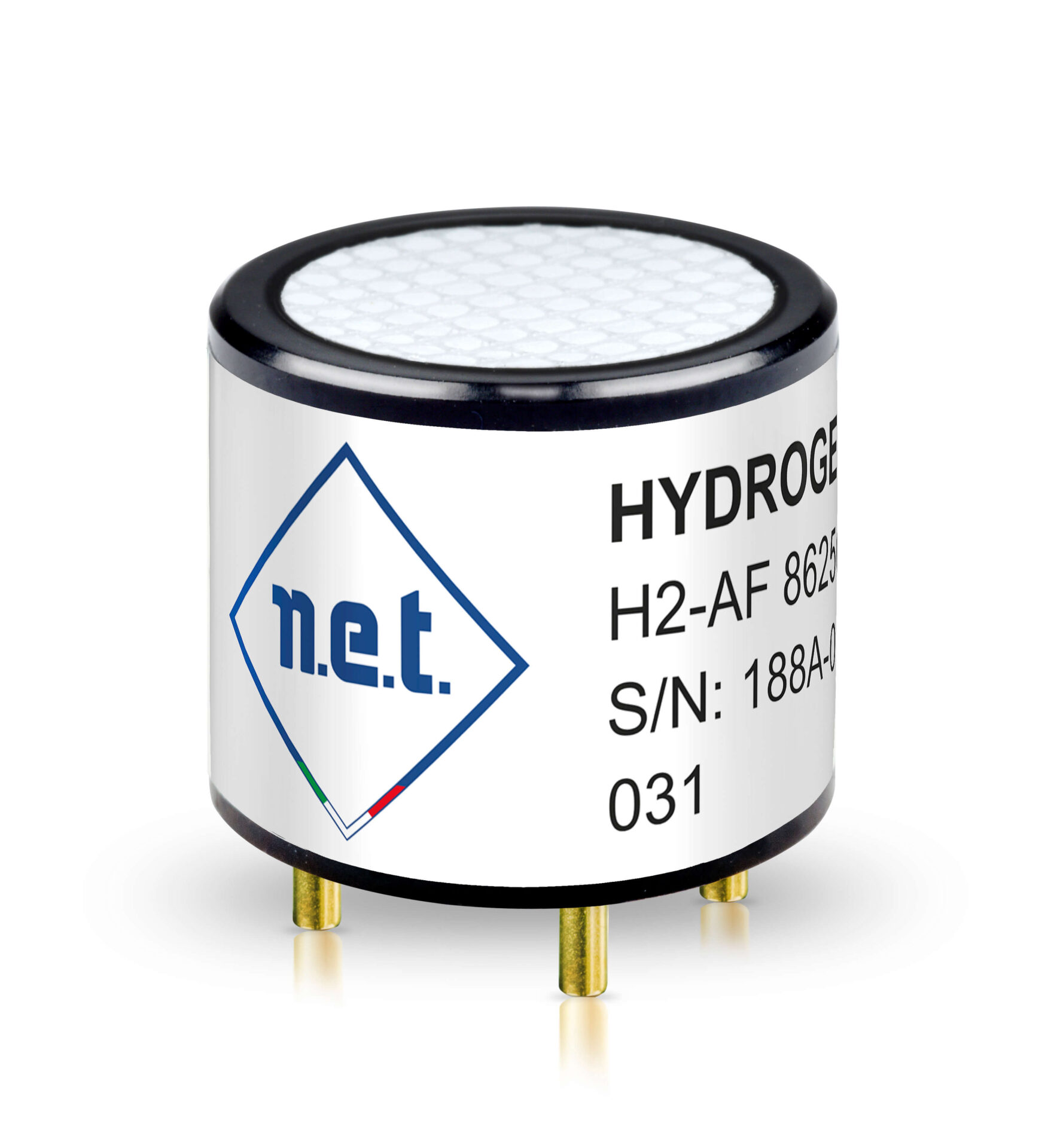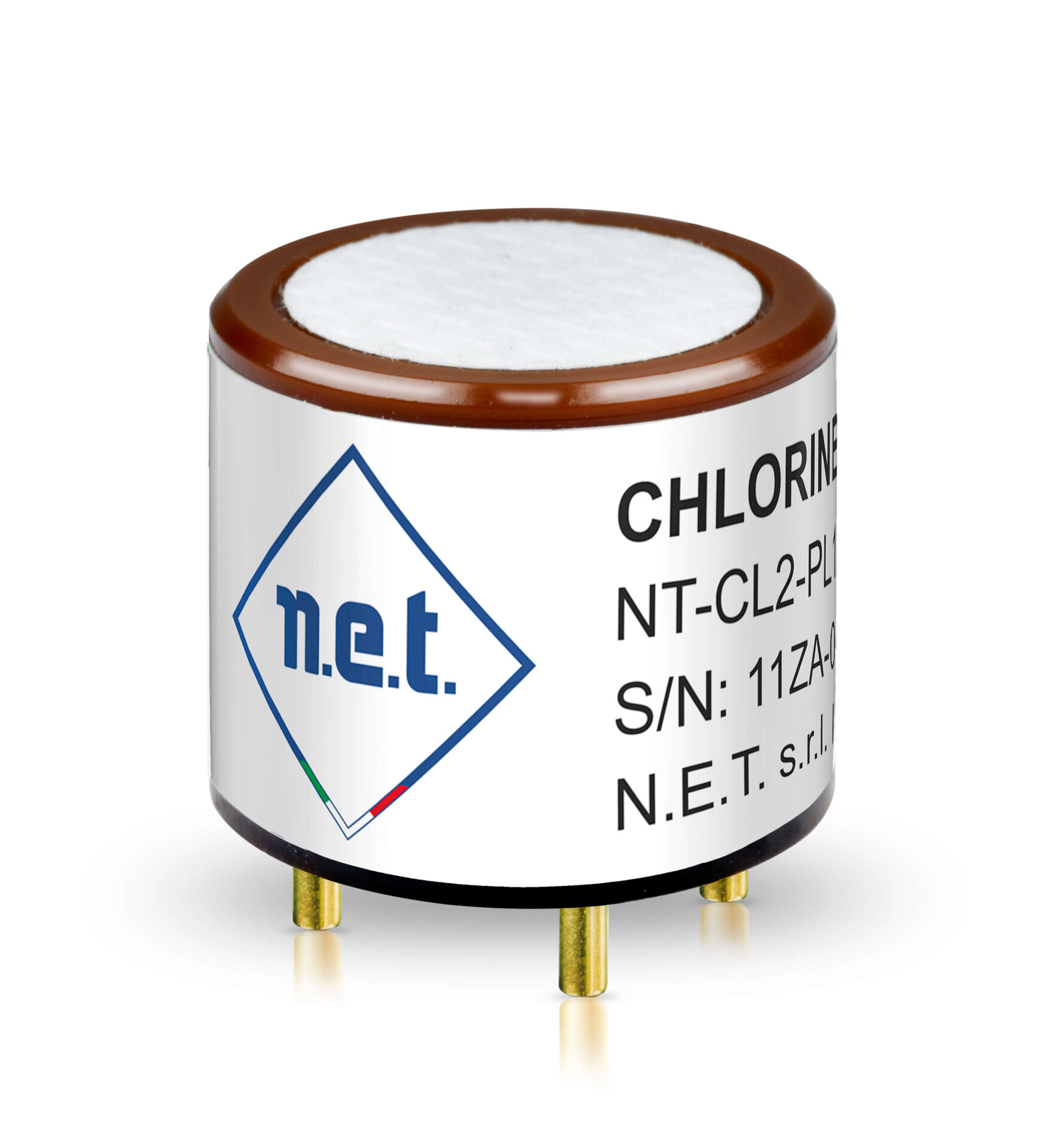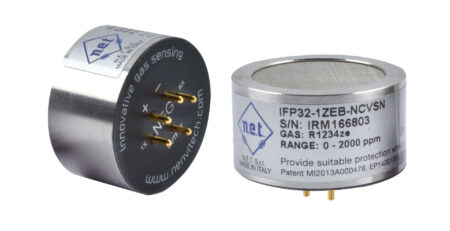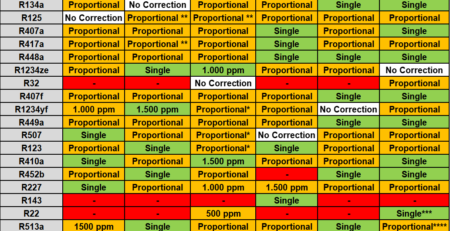ELECTROCHEMICAL CELLS: CELL LIFE / STORAGE LIFE / WARRANTY
NET offers a strong range of electrochemical cells for the detection of the most common toxic gases, including CO, H2S, CL2, SO2, NH3… in different safety applications. This very cost-effective technology has been used in the industry since the 1960s. Users often ask us clarification about 3 important parameters and the differences among them: cell life, storage life and warranty.
Electrochemical sensors measure the concentration of a target gas by oxidizing or reducing the target gas at an electrode and measuring the resulting current. Electrodes are immersed in an electrolyte, which is progressively consumed over time by the reaction. This causes a change, typically a reduction, in the current output.
Thus, electrochemical sensors lose sensitivity over time, even in clean air. But once they are installed in the field and exposed to environmental changes and to the target gas, the loss of sensitivity typically accelerates. This is the so-called Long-Term Output Drift which ultimately determines the cell life. This output changes can be adjusted with periodic calibration and maintenance of the gas detector.
In general, the CELL LIFE is calculated as the time needed for the sensor to fall below the 50% of the original sensitivity, and this is usually 2-3 years of use in the application. Sensor may exceed the quoted value, or may as well as not meet it, in function of the actual gas exposure and environmental conditions over their lifetime. Especially harmful are extremes temperature and relative humidity levels as well as dust and aggressive chemical presence.
As electrochemical sensors lifetime is limited also in a perfectly clean environment, it’s common practice to keep these sensors at stock as little as possible, and in any case not more than 6 months. This is the typically recommended STORAGE LIFE for NET sensors, and it is based on the assumption of storage temperatures between 10°C and 30°C and of a clean environment.
Finally, WARRANTY covers mechanical defects in workmanship, materials and construction, like a broken filter or an electrolyte leakage. PREMIUM LINE and SAFETY LINE electrochemical sensors from NET are typically warranted for 2 years against such defects. Loss of sensitivity due to exposure to target or interfering gases is not covered by warranty.



